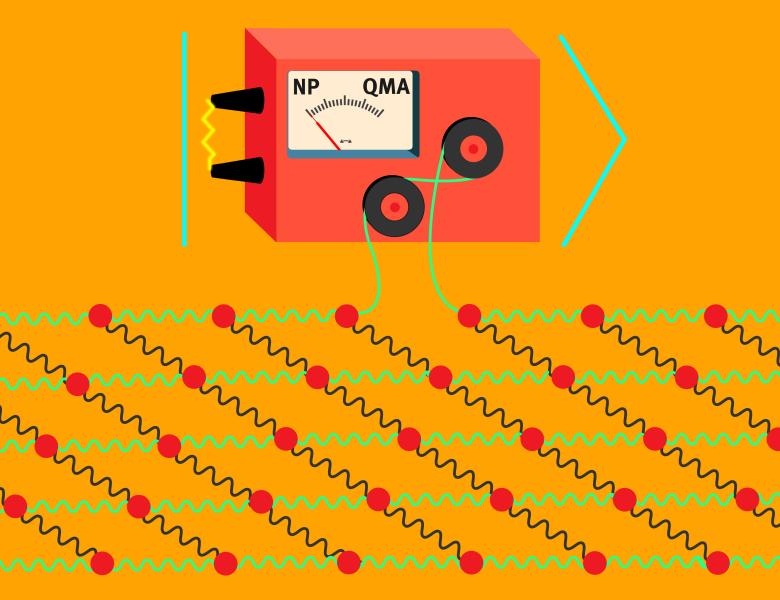
Abstract
Empirical evidence for a gap between the computational powers of classical and quantum computers has been provided by experiments that sample the output distribution of two-dimensional quantum circuits. Many attempts to close this gap have utilized classical simulations based on tensor network techniques, and their limitations shed light on the improvements to quantum hardware required to inhibit classical simulability. In particular, state of the art quantum computers having in excess of ~50 qubits are primarily vulnerable to classical simulation due to restrictions on their gate fidelity and their connectivity, the latter determining how many gates are required (and therefore how much infidelity is suffered) in generating highly-entangled states. Here, we describe numerical evidence for the difficulty of random circuit sampling in highly connected geometries.


